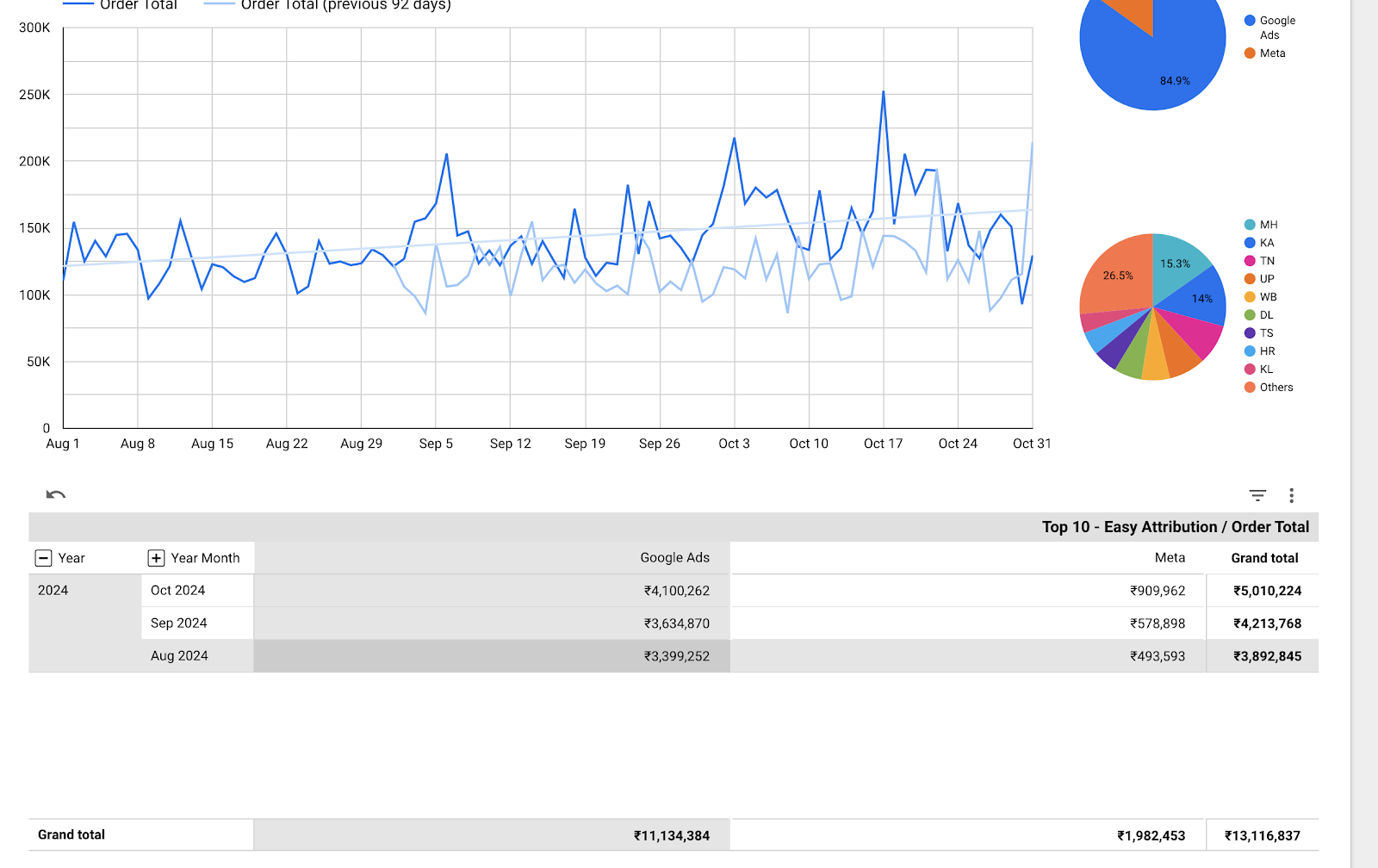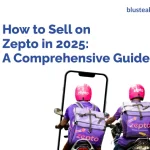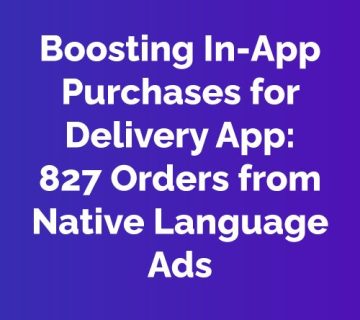Last Updated on November 30, 2024
Client Overview:
Industry: E-commerce (Gifting and Product Customization)
Submitted by: Robin Thomas Jones & Ajith Narayanan
Campaign Objectives:
- Goal 1: Scale up sales on both Meta and Google Ads platforms.
- Goal 2: Avoid campaign overlap and internal competition within the ad account to maintain current campaign performance while scaling.
Problem Overview:
A leading e-commerce brand specializing in gifting and product customisation, had already been generating millions in sales through both Meta and Google Ads. However, all 100+ product categories were being run under a single campaign on both platforms. While this approach was successful initially, the challenge arose when the brand aimed to scale its sales further. The key problem was how to achieve this growth without disrupting the existing campaigns’ performance or causing internal competition within the ad account, which could have negatively affected campaign effectiveness.
Solution:
Google Ads Strategy:
To address the scaling challenge without disrupting the performance of existing campaigns, we executed a thorough review and optimization process.
Audit Findings:
- Current State: The brand’s products were generating strong sales under a single campaign but lacked the structure necessary to properly allocate budgets to the highest-performing categories.
- Issues Identified: While the campaigns were effective, they were not optimized for budget distribution across different product categories, with some high-performing categories underfunded.
Analysis Approach:
- Identifying Best Performing Categories: Using third-party Google Ads scripts, we identified the categories that were driving the most sales.
- Placement Performance Analysis: We analyzed which ad placements yielded the highest returns and helped to further understand where to allocate the budget.
- Budget Gaps: We identified products within top-performing categories that were not receiving enough budget for scaling, which was limiting their potential.
Campaign Restructuring:
- Solution: Based on these insights, we restructured the campaigns into separate product category campaigns while keeping the high-performing original campaign intact. This segmentation allowed better budget allocation and minimized internal competition between campaigns.
- New Campaign Launches: We launched targeted campaigns for the high-performing product categories identified earlier. This allowed for more efficient scaling and increased sales without interrupting the performance of existing campaigns.
Meta Ads Strategy:
The same challenge existed on Meta, where all products were under a single campaign. To scale sales effectively, we took a strategic approach based on the insights gleaned from the Google Ads analysis.
Audience Testing:
- Given the high number of product categories, testing individual products was not feasible. Instead, we focused on audience segmentation based on behavior, interests, and previous purchase history.
- This segmentation allowed us to create more refined targeting strategies, ensuring that budgets were spent more efficiently, especially on the most likely buyers.
Creative Testing:
- Different Formats: We tested a variety of creative formats, including static images, videos, and product catalog ads. By experimenting with multiple formats, we could identify the best-performing creatives.
- Refining Campaigns: Once the winning ad types were identified, we scaled these formats to reach larger audiences, resulting in a significant increase in sales.
Results:
The combined efforts across both Google Ads and Meta led to a remarkable performance improvement:
- Sales Growth: Monthly sales from Meta and Google Ads alone increased by ₹11.2 Lakhs within 2 months.
- Targeting Optimization: On Meta, the optimized audience testing and creative variations led to higher efficiency, while category-specific campaigns on Google Ads ensured better budget allocation and product visibility.
- Sustained Growth: By avoiding internal competition within the ad account, sales growth was achieved without negatively impacting the existing campaigns’ performance.

Conclusion:
Through structured campaign restructuring, refined audience segmentation, and creative testing, we successfully scaled sales for the brand across Meta and Google Ads. This approach not only drove a substantial increase in sales but also ensured that the brand’s existing campaigns continued to perform without interference. The ongoing efforts are expected to sustain and further improve sales growth, ensuring brand’s continued success in the competitive e-commerce space.





